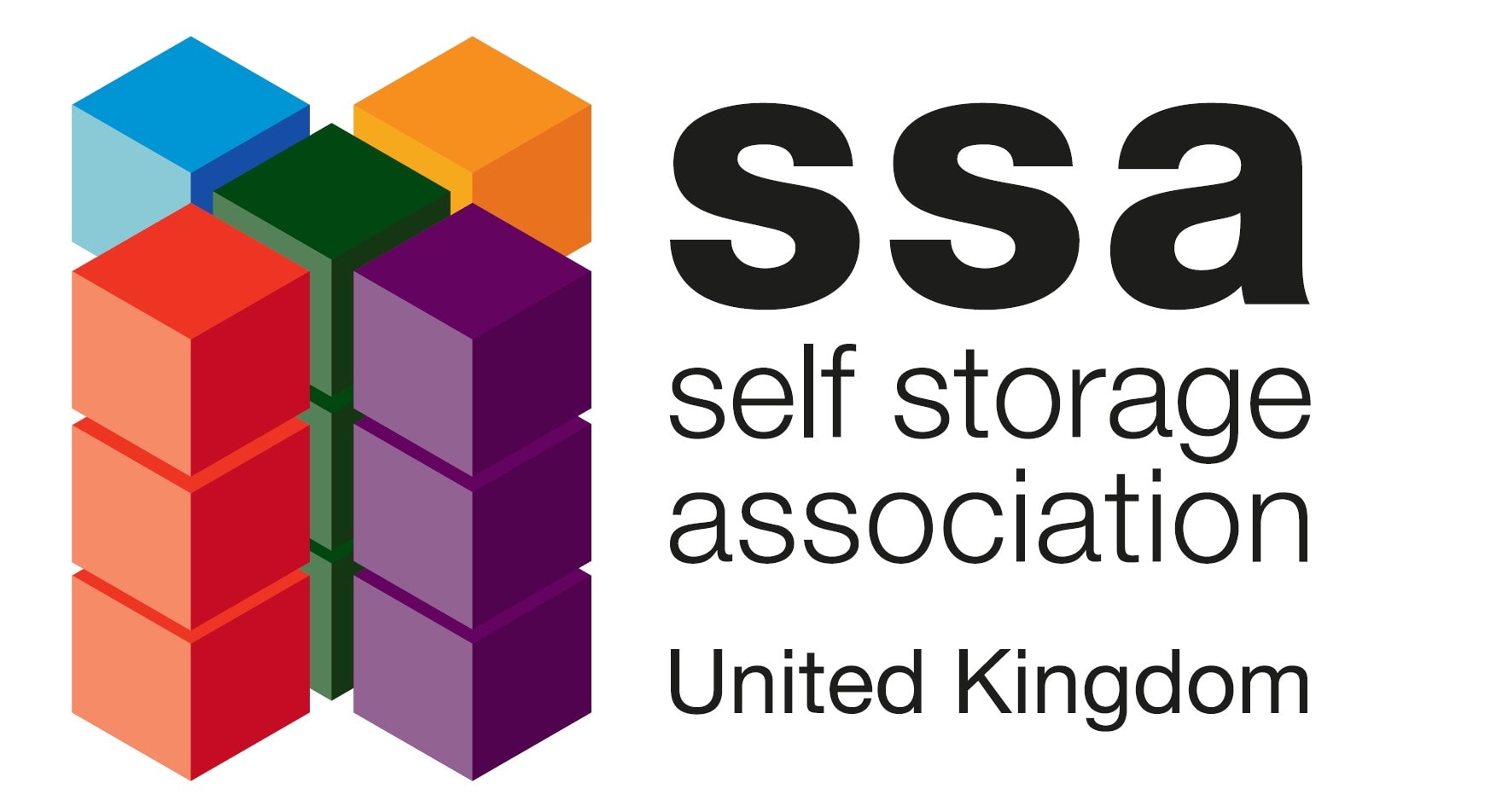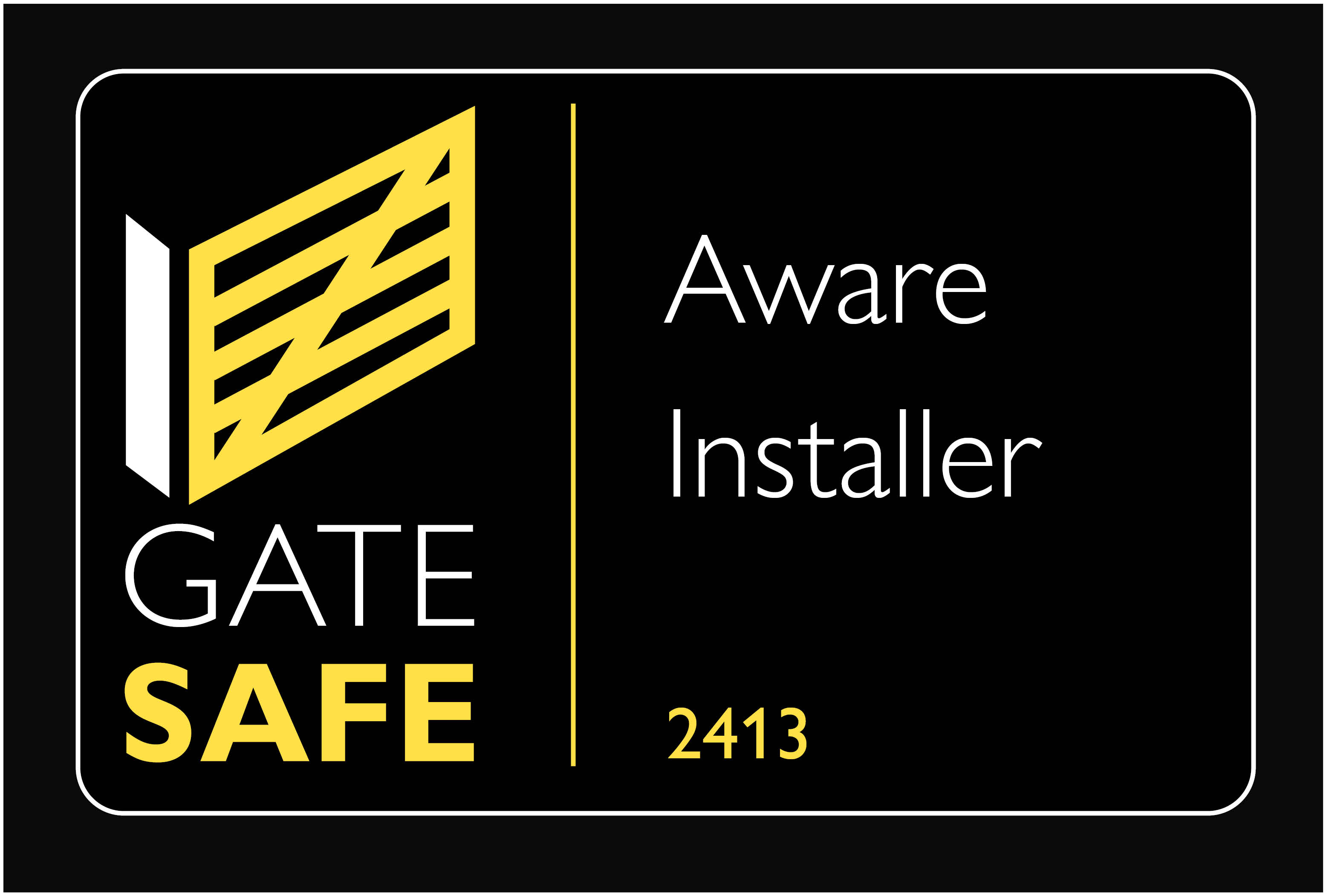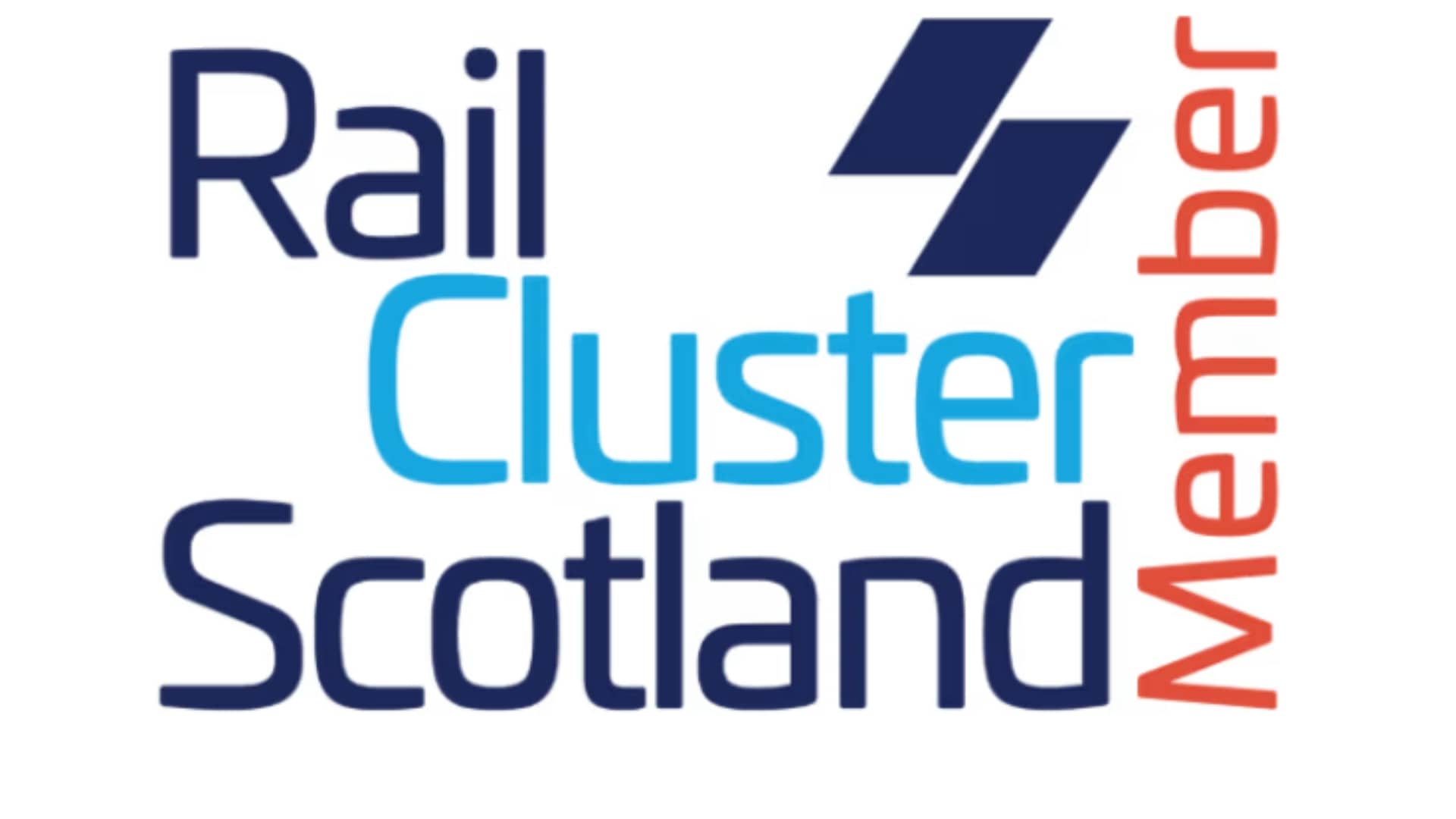Site Gates and their Role in Security

In this blog, we will explore how substandard site gates might be a significant factor enabling opportunists to forcibly enter construction sites.
Types of Deterrents in the Gate and Fence Industry
For permanent security solutions, it's common practice to install perimeter fences certified to LPS 1175 standards, ensuring they can withstand forced entry for a specified duration (e.g., a C5 rating indicates resistance to five minutes of manual forced entry with category C tools).
However, for temporary installations, security standards are often neglected due to the higher costs associated with short-term gates.
Alternatives to high-security gates for construction sites generally fall into three categories:
- Full Infilled Timber or UPVC Gates: These restrict visibility of the site and high-value items.
- Temporary Style Vehicle Gates with a Jockey Wheel: Common in smaller residential developments.
- Mesh Gates, such as the AdaptiGuard® Site Gate Range, offer a balance between visibility and security.
Let's examine the pros and cons of these common site gate types and how to enhance security based on threat levels without specifying an LPS 1175 certified gate.
Timber/UPVC Infill Gates
Pros
- Excellent visual restriction, preventing assessment of site contents.
- Greater resistance to climbing due to continuous infill.
Cons
- Vulnerable at the padlocking aperture around the slider mechanism.
- Infill material is often secured with self-tapping screws, which provide minimal grip.
- Susceptible to wind loading, with no safety measures to prevent violent swinging in strong winds.
Recommendations
Use a Secured by Design-approved padlock with a CCTV detection system for deterrence, audible warning, and evidence gathering, as we explore below.
Temporary Fencing Style Vehicle Gates
Pros
- Lightweight and versatile, easy to remove and reattach.
- Cost-effective.
Cons
- Easily manipulated, with couplers that can be undone by hand or with a spanner.
- Often secured with a chain and padlock that can be easily pried open to reveal a torso-sized gap.
Recommendations
- Consider upgrading to a mesh site gate if security is a concern, as Heras-style gates offer minimal resistance to manual entry.
Mesh Gates
Pros
- Provide a good balance between visibility and security.
- More permanent and robust, with posts concreted and leaves locked together.
Cons
- It can be manually wound off its hinges if tolerance permits.
Recommendations
- Ensure the gate hangs with about 50% of the eyebolt to minimise gaps between leaves.
Additional Security Deterrents
A non-certified LPS 1175 site gate should offer basic resistance to opportunistic intrusions. It is recommended to use site gates in conjunction with the following deterrents:
- Wired CCTV: Ideal for sites with mains power, offering cost-effective and extensive coverage.
- CCTV Towers: Suitable for sites with generator power, with options for environmentally-friendly solar power.
- Wireless Detectors: Perfect for early-stage construction sites without power, providing flexibility in placement and effective monitoring with AI technology to reduce false alarms.
- PA Speakers: Integrated with wired or CCTV tower systems, allowing live broadcasts of warning messages, proven effective in deterring trespassers who know they are being watched.
So, if thinking about what site gate will best meet your site needs, give us a call today at 01283 512 111 to discuss.
Source: The Construction Index, 2024












